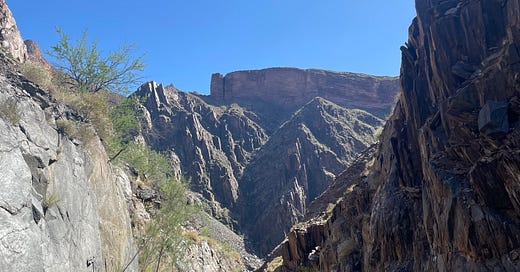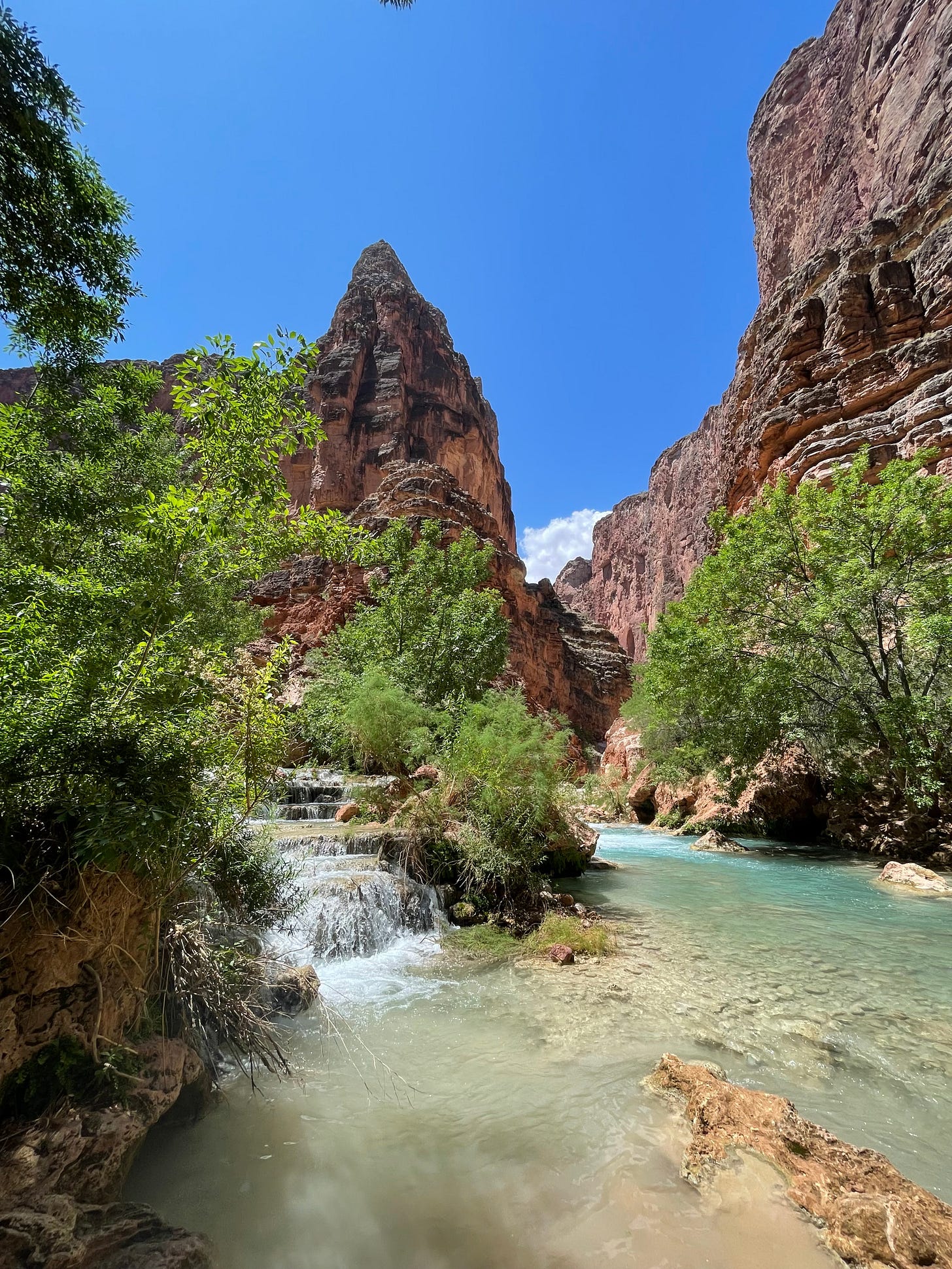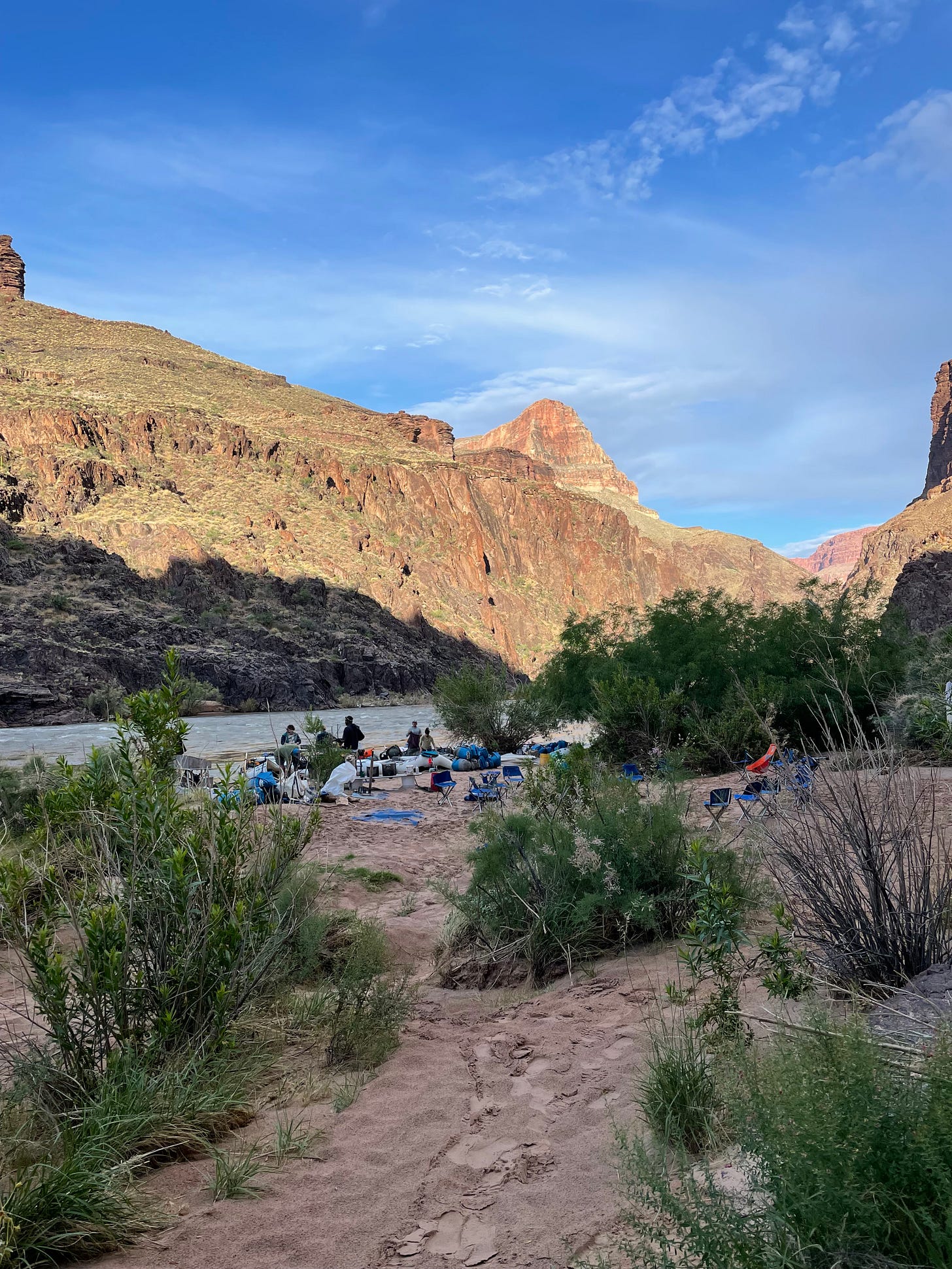is ethical outdoor recreation possible?
I’ve spent a lot of time outdoors over the past few months. Some of it was in the name of learning more about ecology and getting in touch with Mother Nature, but honestly, a lot of it was about having fun.
Learning and enjoyment are certainly not mutually exclusive. In fact, I would argue that the best learning happens when you’re having fun. But when it comes to outdoor experiences, most people are seeking pleasure as opposed to a lesson.
And unfortunately, all of that fun has a price. Outdoor recreation leaves an impact – ecologically and socioculturally.
The outdoor recreation and sporting goods industries have seen considerable growth over the past few years, sparked partially by the COVID-19 pandemic and our desire to get out of the house.
Social media plays a role as well. My Instagram explore page is flooded with bucket-list backpacking destinations and spectacular mountaintop views. Social media draws more and more people outside, some of whom are new to outdoor recreation and lack necessary environmental and safety knowledge.
More people outside = negative effects on the environment. Activities like hiking, camping, skiing, biking, and off-roading cause significant damage to the ecology of a place.
Vegetation is trampled and soil structure is compromised. Habitats are damaged or destroyed. Animals change their migration and foraging patterns to avoid contact with humans. Campfires turn into raging wildfires. Trash and waste pollute water sources and create toxic conditions for years to come. Invasive species are introduced and diseases are spread.
Even the most careful and responsible outdoor visitors have an impact. As much as I’ve tried to recreate responsibly this summer, I’m sure my footsteps contributed to the degradation of native plant habitats. I’m certain I dropped food scraps that were eaten by local animals. I think it’s impossible to avoid.
Additionally, all U.S. public land once belonged to Indigenous people. And many of the most popular outdoor recreation areas hold particular spiritual and cultural significance for Native tribes.
In the Grand Canyon, I had the amazing opportunity to hike up Havasu Creek. At first, it was beautiful and exhilarating and fun, but when I reached Beaver Falls and the border between Grand Canyon National Park and the Havasupai Reservation, I was struck with the eerie feeling that my ecotourism was actually trespassing.
Havasu Falls, and indeed the entire Grand Canyon, is a sacred place. And many of its visitors are white Americans with varying degrees of knowledge about the landscape, its history, and the people who call it home.
This has all been weighing on me as I dive deeper into the world of outdoor recreation. Is it possible to visit a natural place without causing damage, without causing harm? Is it possible to recreate in a way that isn’t exploitative or disrespectful? Is ethical outdoor recreation even feasible?
Maybe it’s not. But I don’t think that means we should give up on it.
There’s a saying that gets passed around a lot on social media, usually in a cheesy calligraphy font superimposed over some uplifting image: “Perfect is the enemy of good.” And I think that sentiment applies here.
It’s not helpful to avoid outdoor recreation until we can conduct it with perfect ethics. People will go outside regardless, and I would rather they be people who care about their cultural and environmental impacts, who approach the outdoors with respect and humility. If we can’t be perfect, at least we can try to be good.
As I’ve pondered these questions, I’ve also encountered some amazing resources for improving our relationship with outdoor recreation.
On the ecological side of things, we can practice Leave No Trace principles. LNT is an organization dedicated to protecting nature from harmful human impacts. Their seven core principles that are practiced by many outdoor professionals and advocates are: plan ahead and prepare, travel and camp on durable surfaces, dispose of waste properly, leave what you find, minimize campfire impacts, respect wildlife, and be considerate of others.
These are fantastic guiding principles for forays into nature, and LNT has even updated their website to include social media guidance. They especially encourage care when posting and geotagging outdoor destinations.
It’s important not just to practice good behavior, but to encourage others to do so as well. Talk to your friends and family about LNT before your next camping trip, or inspire kids to pick up any trash they find on a hiking trail. Contribute to a culture of ecological respect.
It’s also critical to foster a culture of respect for Indigenous relationships to the land. Before visiting an outdoor destination, take a minute to learn which tribes have current and historic connections there. Native Land is a great resource.
But just knowing which tribes live or lived in a region is not enough. We need to practice respect for Indigenous sovereignty by following tribal laws when on Native land, prioritizing Native guides and management, and using Native names for landmarks. This website is a great place to start when learning proper conduct in outdoor spaces.
It’s important to remember that even if you’re on land that is not currently managed by Indigenous tribes, it likely once was and it could be a place of great cultural and spiritual significance.
At the end of the day, it’s all about caring for the Earth, recognizing and respecting Indigenous connections to the land, and practicing compassion in the outdoors.
This may feel overwhelming when you’re just trying to go for a hike, but I think that incorporating this information into outdoor recreation makes us better stewards of our environment. Eventually it will become second nature.
Like I said, learning and fun are not mutually exclusive. Go outside. Be joyful. Have a blast. And have even more fun knowing that you are treating your planet, your home, and your fellow humans with respect.





